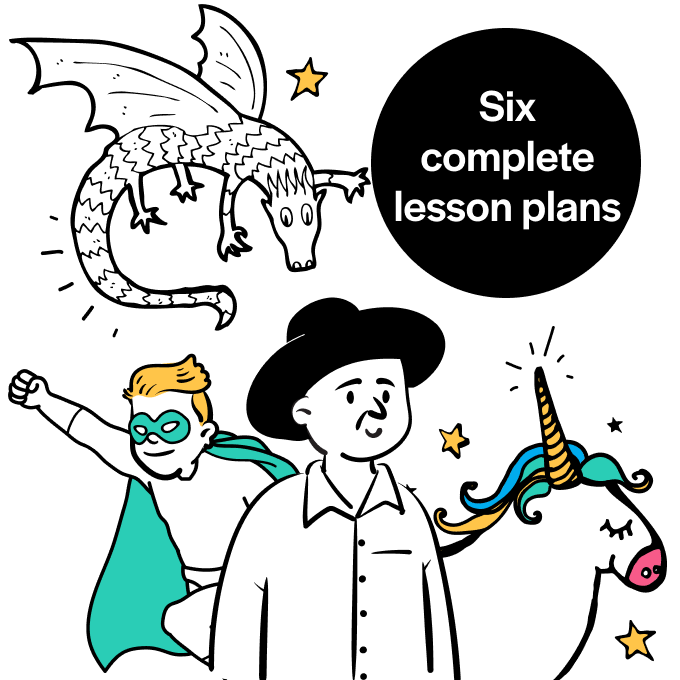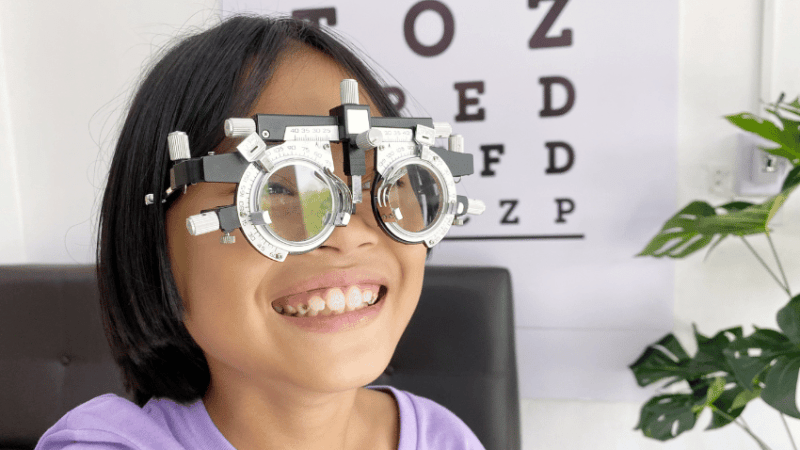What The Bio-Psycho-Social Approach Can Do For Learners With SEMH Difficulties

Oliver Kendall explains why schools need to take a multi-pronged approach when supporting pupils with social, emotional and mental health difficulties

Upon joining a large primary school in September 2015, it quickly became apparent to me that a minority of students with social, emotional and mental health (SEMH) difficulties were not having their needs fully met – as demonstrated by the regular physical and verbal aggression they displayed towards their peers and staff.
The school had relied heavily upon behaviourist methods in its attempts to change habitual poor choices by these students, but unsurprisingly, this just exacerbated the problem. Moreover, I could see how much of a negative impact this was having on the wellbeing of the staff working with these children.
My aim was therefore to develop a much needed ‘package’ of support for children with SEMH difficulties that went beyond merely behaviourist methods and a sprinkling of time with a learning mentor – though this was against the backdrop of ever-dwindling support from outside professionals and services.
Theories of behaviour
At this point it’s worth noting the main theories of what drives behaviour, since schools lacking awareness of these might fall foul of the notion that behaviourist approaches alone will improve behaviour for this vulnerable group (see facing page).
More recently, another perspective on behaviour has emerged, namely the ‘Bio-Psycho-Social’ model, which incorporates elements from the various perspectives detailed opposite. With this in mind, we introduced an assessment tool to identify each child’s individual needs and the subsequent creation of personalised plans. The assessment covered social, psychological and medical areas, in accordance with the Bio-Psycho-Social model, which meant we now had a whole school referral and assessment system in place for children who may have SEMH difficulties.
One of our Y5 children, Sarah, scored poorly on the social aspects, suggesting that she is not socially secure and lacks understanding of the feelings and attitudes of others. She does not adapt flexibly or constructively with others, and finds it difficult to express her own needs and accept and accommodate those of others.
Her low scores on the psychological aspects further suggested that she doesn’t heed her teacher or give appropriate attention, lacks purposefulness and self-motivation, is not selfaccepting, has limited trust of others and lacks internalised constraints and self-control.
Personalised Plans
We were now ready to use the initial assessments to create personalised plans for each student. Sarah’s looked like this:
• Sarah had witnessed traumatic events, thus some of her behaviour could be driven by subconscious feelings created from her early life experiences She does not yet have the internal skills to understand and ‘solve’ such inner conflict.
• Sarah to work with a Child Psychotherapeutic Counsellor for 2 hours per week.
• Sarah’s behaviour is partly driven by her misperception of situations, where she responds in a way appropriate to her but not to others.
• Class Teacher to plan whole class Life Skills lessons around situations she often misperceives, such as someone accidentally bumping into her in the corridor.
• It appears Sarah did not develop a secure attachment, impinging on her ability to form relationships. Her mother has also modelled undesirable behaviours, such as overreacting to minor events.
• Sarah to participate in LEGO Therapy sessions taught by the learning mentor in a group of three, to help develop her social skills and sense of belonging to a group.
Creating the ‘package’
A significant amount of my time, energy and resolve was spent on ensuring we could provide the holistic support detailed in each child’s plan, which entailed employing a counsellor. The head and I chose to employ one directly, since we felt this could foster a whole school approach to wellbeing through mindfulness classes and other activities.
Creating a job specification and interview questions for a role outside my area of expertise was daunting, but the rewards of line managing this crucial member of staff reaped dividends. I also employed an extra learning mentor trained in delivering the excellent Lego Therapy sessions and other evidence-based interventions. A targeted Breakfast Club was established to provide a calmer and more nurtured start to the day, and we introduced a Forest School. To evaluate these interventions I introduced a pre- and post-assessment, plus a ‘strengths and difficulties’ questionnaire for use by the counsellor.
Our ability to now meet the needs of pupils with SEMH was demonstrated via more desirable behaviour and improved attendance; school records show we have had no exclusions in the last three years, and that the attendance of disadvantaged pupils and those with SEND is improving rapidly. Pupils who have struggled to succeed elsewhere are now extremely well supported, and there are excellent systems to nurture and care for vulnerable pupils with additional needs.Note – names have been changed.
Perspectives on behaviour – and how they differ
The cognitive perspective
Behaviour is driven by individual cognitive processes, such as reasoning, understanding and interpretation of an event.
The ecosystemic perspective
Behaviour is the result of social interaction, rather than coming from within the individual who displays it; misbehaviour is part of a cyclical chain of actions and reactions between participants.
The psychodynamic perspective
Behaviour is a result of subconscious feelings that are created from early life experiences; problem behaviour arises from inner conflicts due to trauma or loss.
The behaviourist perspective
Behaviour is strengthened if it leads to satisfaction, and weakened if it leads to being ignored or an unsatisfying experience.
The humanist perspective
Behaviour is driven by the necessity of belonging to a social group and thinking well of oneself.
Risks & protections
The DfE advice document ‘Mental health and behaviour in schools’ outlines risks and protective factors that can be indicators for children who might develop SEMH difficulties, as shown here. I now target children who display a number of these risk elements, aware that difficulties in this area are more likely to escalate without timely intervention.
In the child
- Genetic influences
- Low IQ and learning disabilities
- Communication difficulties
- Difficult temperament
- Physical illness
- Low self-esteem
- Secure attachment experience
- Good communication skills
- Being a planner, believing in control
- Experiences of success
- Faith or spirituality
- Capacity to reflect
In the family
- Overt parental conflict
- Family breakdown and criminality
- Inconsistent/unclear discipline
- Physical, sexual or emotional abuse
- Parental psychiatric illness
- Parental or personality disorder
- At least one good parent-child relationship or supportive adult
- Affection
- Clear, consistent discipline
- Support for education
- Absence of severe discord
About the author
Oliver Kendall is Associate Head – SENCo at Northease Manor School, Lewes








